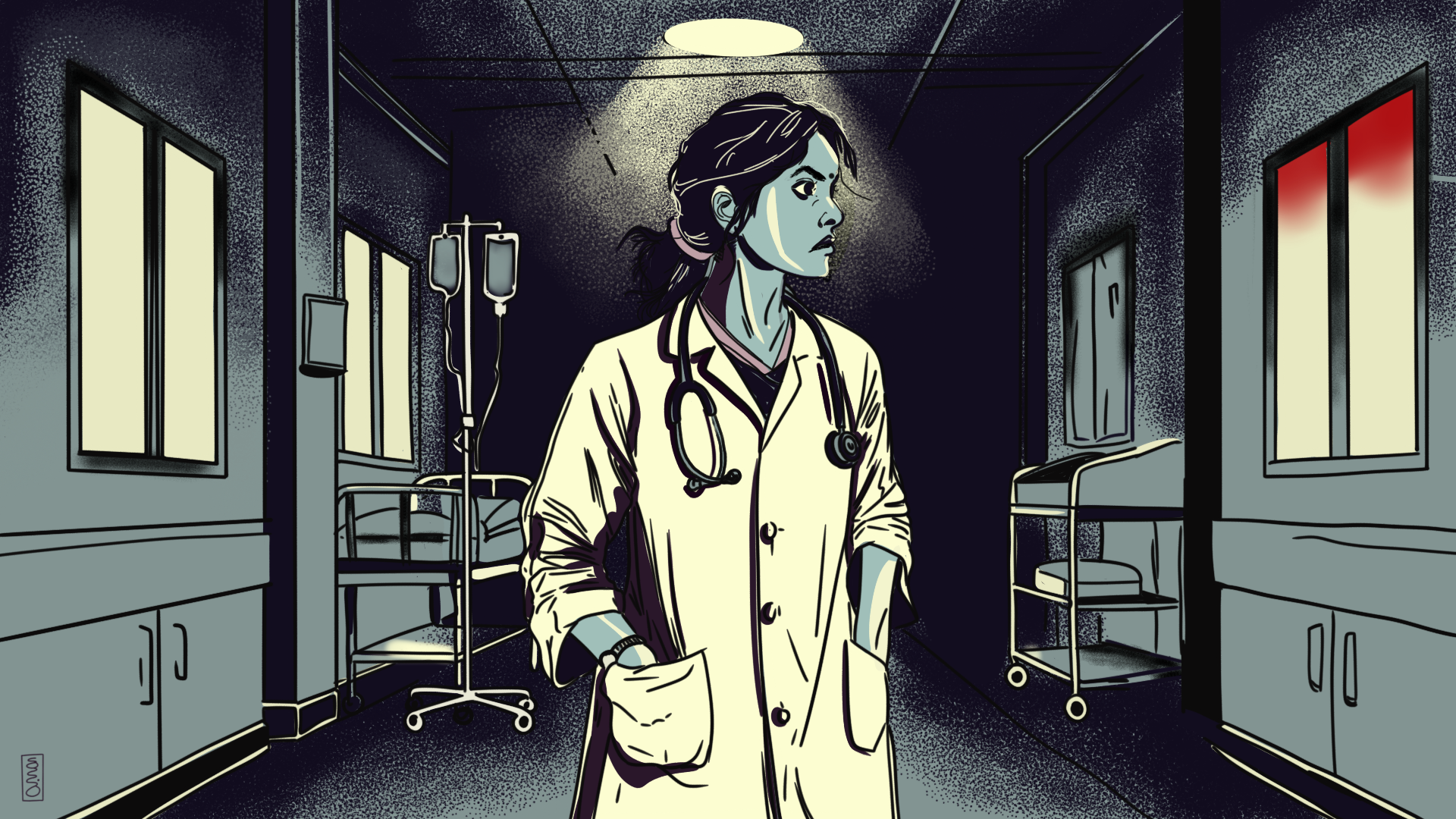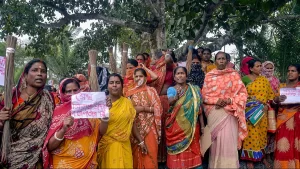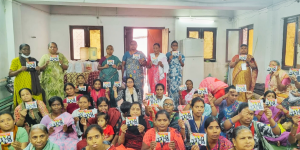Trigger Warning: The report contains mentions of rape and sexual violence. Reader discretion is advised.
On the morning of August 9, two days before lakhs of students were going to take the NEET PG exam for a postgraduate seat, a woman postgraduate trainee doctor was found murdered in the seminar room of the emergency medicine building of RG Kar Medical College Hospital in Kolkata. This was exactly a week before India celebrates its 77th Independence day.
The autopsy report concluded that the victim had been sexually assaulted, severely injured and strangled to death.
On the night of the murder, the trainee doctor had been posted on a 36-hour duty in the emergency department. After she had finished dinner with her colleagues and watched Neeraj Chopra’s silver-winning javelin throw at the Olympics, she had sought out the quiet of the seminar room to rest. The hospital does not have duty rooms for doctors working in the emergency department.
The principal of the medical college, Sandip Ghosh, initially attempted to dismiss the murder as a suicide, while also maintaining that “it was irresponsible of the girl to go to the seminar hall alone at night”. The Calcutta High Court while criticising the role of the West Bengal government in the handling of the case – Ghosh was appointed the principal of the Calcutta Medical College and Hospital after he resigned from the RG Kar Hospital – ordered him to ‘go on a long leave’.
Responding to the incident, the Silchar Medical College and Hospital in Assam has, in an order issued on August 13, asked its women doctors, students and other healthcare workers to “avoid isolated, poorly lit and sparsely populated areas”.
Women healthcare professionals in India, doctors, nurses, paramedics and administrative staff who work in shifts, have always been vulnerable to violence given the poor infrastructure and security systems of the medical facilities where we work. “It could have been any of us” that is what most women doctors or indeed any female healthcare worker would say of this tragedy.
Many women health workers I know walk through abandoned corridors, empty and unlit roads, and attend to patients in darkened buildings at night. Many of us, especially those working in public hospitals, have slept in seminar rooms, unoccupied OPD rooms, and inpatient beds in the wards because we could not find unoccupied duty doctor’s rooms. Many of us have also had to share these rooms with male health workers. All this while working for inhuman hours between 24 and 48 hours, forgoing food and sleep. Now that I look back, I wonder why we found it acceptable to not have a place to rest our heads in the midst of a punishing schedule.
This incident has also brought the focus back on women’s safety and safe workplaces in India. Cases like this and Jyoti Pandey’s rape and murder (known as Nirbhaya case in the media) in 2012 tend to gather mainstream attention while countless women, especially from marginalised communities like Dalits and Adivasis, routinely face violence from upper and dominant castes as a means of control.
In 2022, more than 4 lakh cases of crimes against women were reported per the National Crime Records Bureau. Of these, 31,516 were rape cases–averaging to one every 16 minutes. And these are just cases where women have reported them and the police have filed an FIR. The latest data from the National Family Health Survey (NFHS-5) indicates a higher prevalence of violence.
As many as 30% of women between the age of 18 and 49 have experienced physical violence since the age of 15 years, while 6% have experienced sexual violence in their lifetime per data from the NFHS-5.





